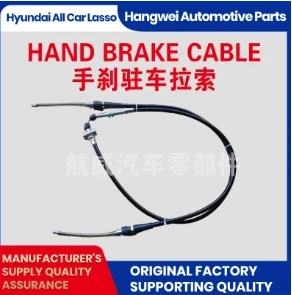go kart throttle linkage
Understanding Go-Kart Throttle Linkage A Comprehensive Guide
Go-karts are a popular choice for both recreational and competitive racing enthusiasts. One of the crucial components that contribute to a go-kart's performance is its throttle linkage. Understanding the throttle linkage system is essential not just for tuning the go-kart, but also for ensuring optimal performance and safety during racing. This article will explore the functions, types, adjustments, and maintenance of go-kart throttle linkages.
What is Throttle Linkage?
Throttle linkage refers to the system of rods, cables, and levers connecting the accelerator pedal to the throttle body or carburetor of the go-kart engine. When the driver presses the accelerator pedal, the throttle linkage transmits this motion to the engine, allowing it to receive more air and fuel, thereby increasing speed. Proper functioning of the throttle linkage is vital for maintaining control over the kart’s speed and responsiveness.
Types of Throttle Linkage
There are primarily two types of throttle linkage systems found in go-karts cable and rod linkages.
1. Cable Linkage This is the most common type used in modern go-karts. It features a flexible cable that runs from the throttle pedal to the carburetor or throttle body. Cable linkages are generally easier to install and adjust, making them a popular choice among beginners and those who frequently tweak their karts for performance.
2. Rod Linkage This type employs a series of metal rods and levers. Although often more complex to set up and adjust, rod linkages provide a more direct and reliable connection between the pedal and the throttle. This can lead to a more immediate throttle response, which is highly valued in competitive racing.
Adjusting Throttle Linkage
Fine-tuning the throttle linkage is crucial for achieving optimal performance. The adjustment process may vary depending on the type of linkage used. Here are general guidelines for adjusting a cable linkage
go kart throttle linkage

1. Check Cable Tension Ensure there is no slack in the cable. If the cable is too loose, it can cause a delay in throttle response. Conversely, if it's too tight, it may not return properly when the pedal is released.
2. Adjust the Throttle Stop This is a screw or bolt located on the throttle body or carburetor. It limits how far the throttle can open. Adjusting the throttle stop allows you to control the max RPM of your engine, crucial for keeping your kart within competitive limits or for safety reasons.
3. Inspect the Cable Routing Ensure the cable is not rubbing against any surfaces or subjected to sharp bends, which could lead to premature failure.
Maintenance of Throttle Linkage
Regular maintenance of the throttle linkage system helps prevent issues that could compromise performance or safety. Here are essential maintenance tips
1. Lubricate Moving Parts Regularly lubricate the cable, connection points, and pivot points in rod linkages. This reduces friction and wear, prolonging the lifespan of the components.
2. Inspect for Damage Frequently check for frayed cables or bent rods. Any signs of wear should be addressed immediately to prevent failures during operation.
3. Test Functionality Periodically test the throttle response by checking if the engine accelerates and decelerates smoothly when the pedal is pressed and released.
Conclusion
A well-functioning throttle linkage is vital for the performance and safety of any go-kart, whether it’s for leisure or competitive racing. By understanding the types, adjustment methods, and maintenance practices, kart enthusiasts can ensure their vehicles operate at peak efficiency. Whether you're a newbie or a seasoned racer, investing time in understanding and maintaining the throttle linkage will enhance your go-kart experience and contribute to better race outcomes. Remember, a finely tuned go-kart is not only more fun to drive but also safer on the track.
-
Upgrade Your Control with Premium Throttle CablesNewsAug.08,2025
-
Stay in Control with Premium Hand Brake CablesNewsAug.08,2025
-
Experience Unmatched Performance with Our Clutch HosesNewsAug.08,2025
-
Ensure Safety and Reliability with Premium Handbrake CablesNewsAug.08,2025
-
Enhance Your Vehicle with High-Performance Clutch LinesNewsAug.08,2025
-
Elevate Your Ride with Premium Gear CablesNewsAug.08,2025
